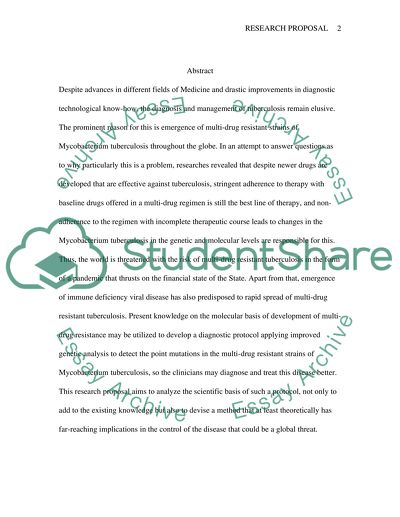Cite this document
(“Multidrug Resistance in Mycobacterium Tuberculosis Essay”, n.d.)
Multidrug Resistance in Mycobacterium Tuberculosis Essay. Retrieved from https://studentshare.org/health-sciences-medicine/1509176-multidrug-resistance-in-mycobacterium-tuberculosis
Multidrug Resistance in Mycobacterium Tuberculosis Essay. Retrieved from https://studentshare.org/health-sciences-medicine/1509176-multidrug-resistance-in-mycobacterium-tuberculosis
(Multidrug Resistance in Mycobacterium Tuberculosis Essay)
Multidrug Resistance in Mycobacterium Tuberculosis Essay. https://studentshare.org/health-sciences-medicine/1509176-multidrug-resistance-in-mycobacterium-tuberculosis.
Multidrug Resistance in Mycobacterium Tuberculosis Essay. https://studentshare.org/health-sciences-medicine/1509176-multidrug-resistance-in-mycobacterium-tuberculosis.
“Multidrug Resistance in Mycobacterium Tuberculosis Essay”, n.d. https://studentshare.org/health-sciences-medicine/1509176-multidrug-resistance-in-mycobacterium-tuberculosis.


